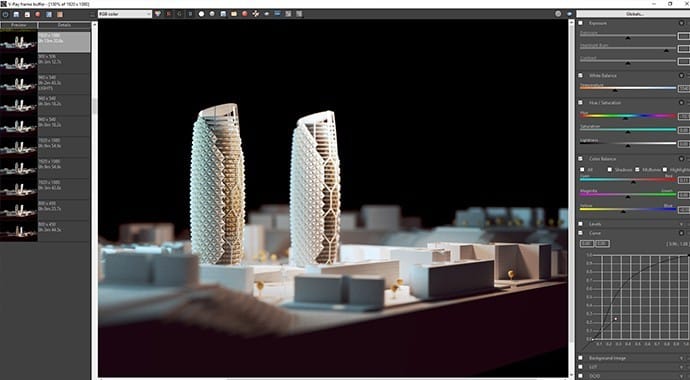

When render is complete, in the V-Ray Frame Buffer window, click the Save icon in the top of the window.Two windows pop up, one is the “V-Ray Progress” window (shows the status of current render), the other is the “V-Ray Frame Buffer” window (shows the actual render). In the V-Ray toolbar, click the Render icon to start render. This will be the dimensions of your rendering, in pixels. Change the Output Size to “640 x 480” and click the Get View Aspect (Notice the output size has been altered to “640×325”).
 In the V-Ray Options window, look for the Output tab, click to expand. Click the Camera tab again to collapse menu. Ensure Shutter Speed is set to “300.” Lowering the number allows more light into the ‘camera’. In the V-Ray Options window, look for the Camera section, and click to expand. In the top left corner of the window there are 5 icons (Save, Load, Load Defaults, Import, Export) click Load Defaults. You can also get here by going Vray > Options in the menu bar. In the V-Ray toolbar click V-Ray Options icon. Global illumination (GI) refers to the computation of this effect through computer graphics.” -ChaosGroup “Indirect illumination refers to illumination that results from the bounced light in a scene, as opposed to illumination directly from light sources. The Infinite Plane allows our object to cast shadows onto a surface. In the V-Ray toolbar click the Add V-Ray Infinite Plane icon (similarly, you can type the command “visInfinitePlane”). Create new layer, rename it “Infinite Plane”. This will be a sample geometry to test lighting on, but can be whatever you choose. In Rhino, create a sphere by typing “sphere” and following command line prompts. Getting started: create geometry to render
In the V-Ray Options window, look for the Output tab, click to expand. Click the Camera tab again to collapse menu. Ensure Shutter Speed is set to “300.” Lowering the number allows more light into the ‘camera’. In the V-Ray Options window, look for the Camera section, and click to expand. In the top left corner of the window there are 5 icons (Save, Load, Load Defaults, Import, Export) click Load Defaults. You can also get here by going Vray > Options in the menu bar. In the V-Ray toolbar click V-Ray Options icon. Global illumination (GI) refers to the computation of this effect through computer graphics.” -ChaosGroup “Indirect illumination refers to illumination that results from the bounced light in a scene, as opposed to illumination directly from light sources. The Infinite Plane allows our object to cast shadows onto a surface. In the V-Ray toolbar click the Add V-Ray Infinite Plane icon (similarly, you can type the command “visInfinitePlane”). Create new layer, rename it “Infinite Plane”. This will be a sample geometry to test lighting on, but can be whatever you choose. In Rhino, create a sphere by typing “sphere” and following command line prompts. Getting started: create geometry to render 
Rectangular Light (there are also spotlights and other light types).We will walk through four lighting types in V-Ray :







 0 kommentar(er)
0 kommentar(er)
